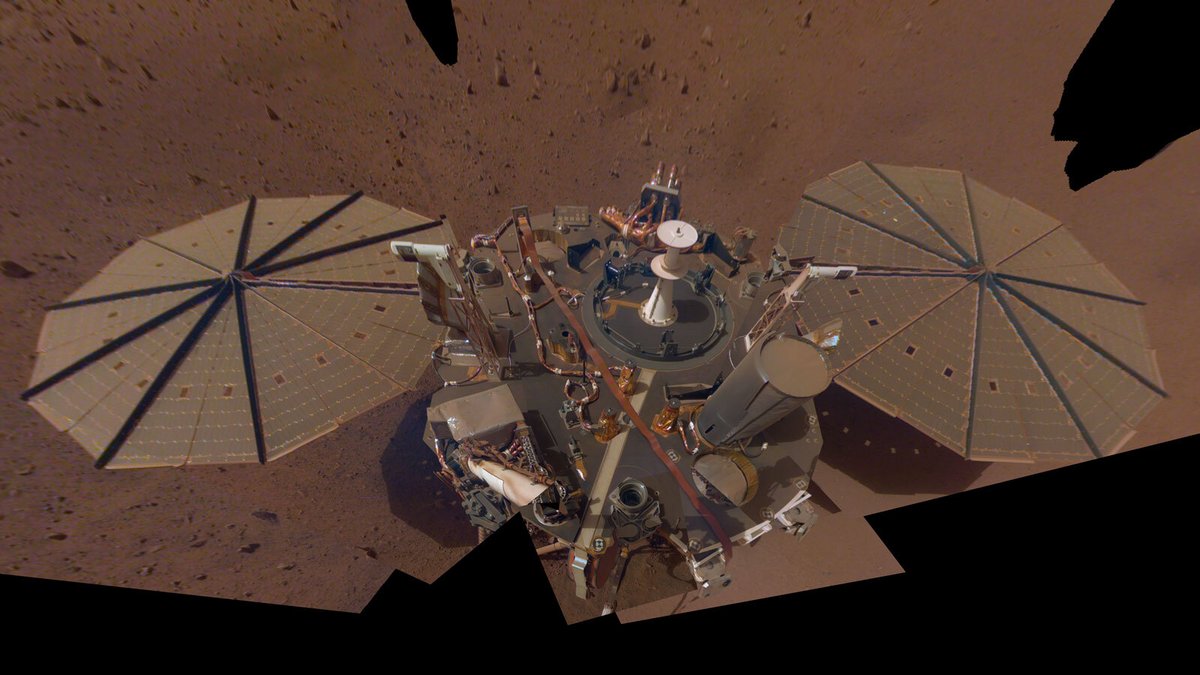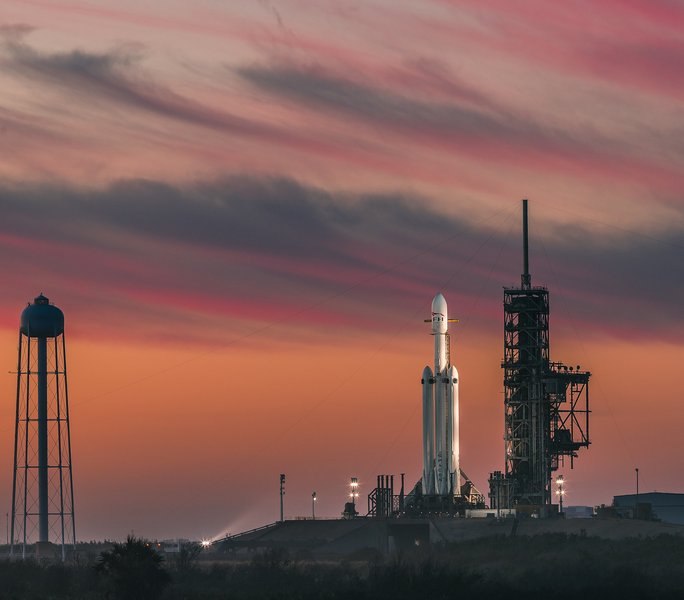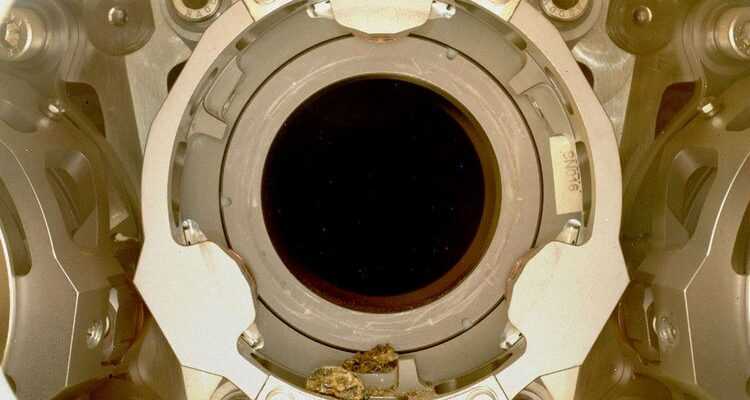On the surface of the red planet, the year does not start quite as planned. The system to collect samples from the rover Perseverance
is blocked by sediments… In addition, a regional storm prevents the InSight teams
to raise the last “tremors of Mars”.
Nothing is simple nearly 300 million kilometers from the office!
We will have to persevere….
On December 29, the large rover Perseverance was to end its year by drilling and capturing a new sample at the “Issole” site. It was the 7and, already, after a mixed start in August (the first tube had been sealed… empty) and five successful collections on very different types of soil on the edge of the Seitah sandbar, at the very bottom of the Jezero crater. The drilling, in fact, went very well, but a problem arose in the next step, which is to transfer the collected sample in its tube, from the collection system to the storage system in the center of the rover.
The tubes are kept in the center of the Perseverance rover, and to receive their few grams of rock, they are moved to the rover’s drill by a “carousel”. The latter also allows, once the tube is filled, to bring it back with the other samples. A small robotic arm located under the rover then manages the tubes and can drop them on the ground when the time comes. An elegant and normally reliable system…
But here, when transferring the tube to the carousel, there was a problem. More annoyingly, a photographic examination showed that there were rock fragments on the edge of the carousel, which for the moment blocks any transfer.
Pictures and tests
Of course, it took time to understand why the tube couldn’t descend into the carousel, then gently remove the robotic arm, and finally take several dozen shots to study the situation. From an outside point of view, one could say that Perseverance has been stuck on this technical obstacle for two weeks. In reality, it is better to take the time and try to repeat the situation on Earth (with the rover’s twin located at the JPL laboratory in Pasadena) rather than going too fast. Perseverance takes the opportunity to take pictures of the surroundings, study the rocks with a laser and check the state of his other equipment. According to the NASA press release, the team responsible for the carousel is confident enough to say that the sediments can be cleared without posing any problems in the medium or long term.
Waiting for the clouds to pass…
More than 3,000 kilometers away, another robot faces a problem at the start of the year, in the great expanses of Elysium Planitia. This is the InSight lander, which studies Martian meteorology and tries to record as many “Marsquakes” as possible, Martian earthquakes. On January 7, the platform sent a message to the control center indicating that it was placing itself in a backup mode, in order to preserve its batteries as much as possible. Indeed, a regional storm affects the area, and the main effect of this type of event is to send dust to high altitudes, which ends up affecting the light conditions, and therefore the energy that can provide the mission’s solar panels. A blow for InSight, which has been struggling since last year to continue its measurements despite panels already degraded by the sand (the mission has exceeded its life expectancy)…
For the mission controllers, even if this switch to backup mode is not taken lightly, the state of the batteries is not a concern for the moment. The lander could survive several weeks, knowing that it only needs a minimum of electricity, since its experiments are switched off when it saves its energy in this way. Still, the situation of its panels is a bit “double or nothing”. The storm could have two very different effects: either add a new layer of dust which would reduce the life expectancy of the mission by the same amount, or sweep away part of the fine sand present on the large devices thanks to the wind.

Orbital monitoring
Mars storms are fairly well-documented events, so there’s not too much to worry about, as several high-resolution cameras track the situation from orbit, particularly those from the Mars Reconnaissance Orbiter (MRO). Fortunately, this climatic hazard does not seem to take the path of the long storm which ended up in the summer of 2018 by encompassing practically the entire planet Mars… and which had cost NASA the end of the Opportunity mission.

So, well rested? Ready for a space year 2022 on the hats? Exploration, astronautics, space tourism, satellites: the 365 days ahead will be rich in events of all kinds. A little overview, to make you want, of what could take place in 2022.
Read more
Sources: Nasa (1)
, Nasa (2)

5